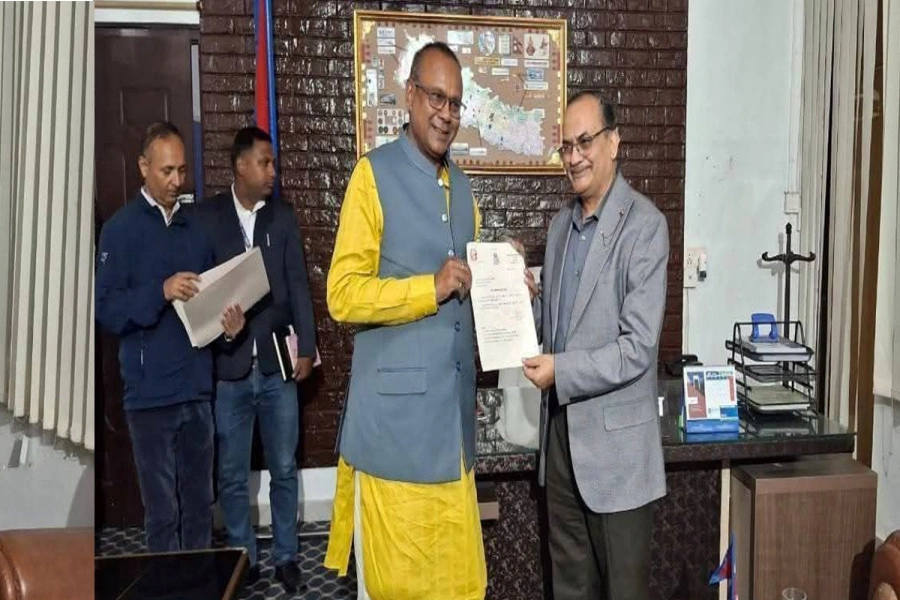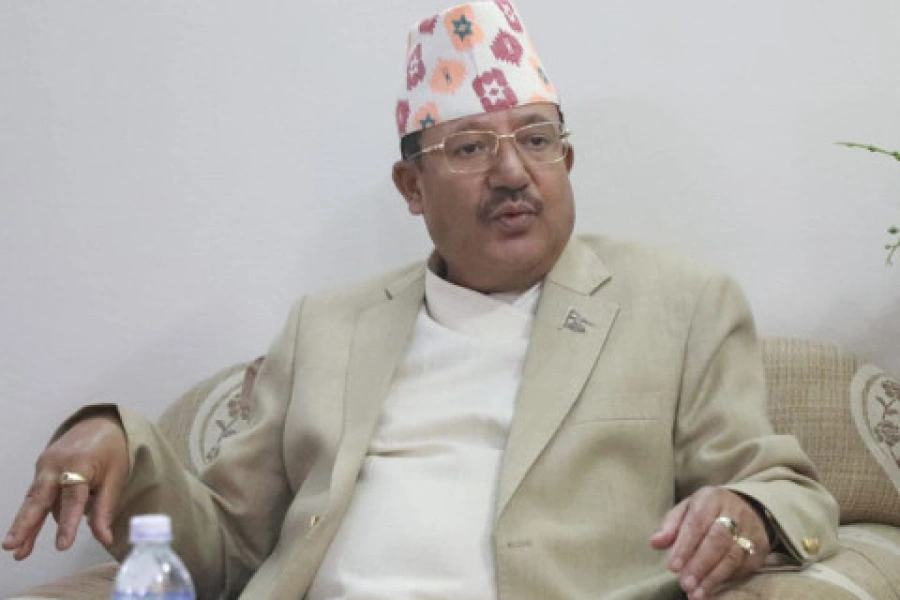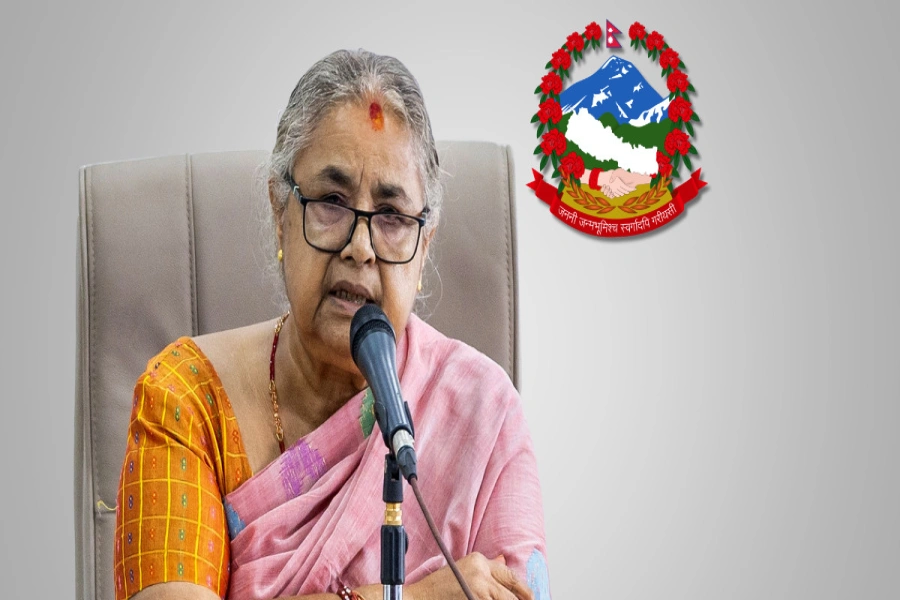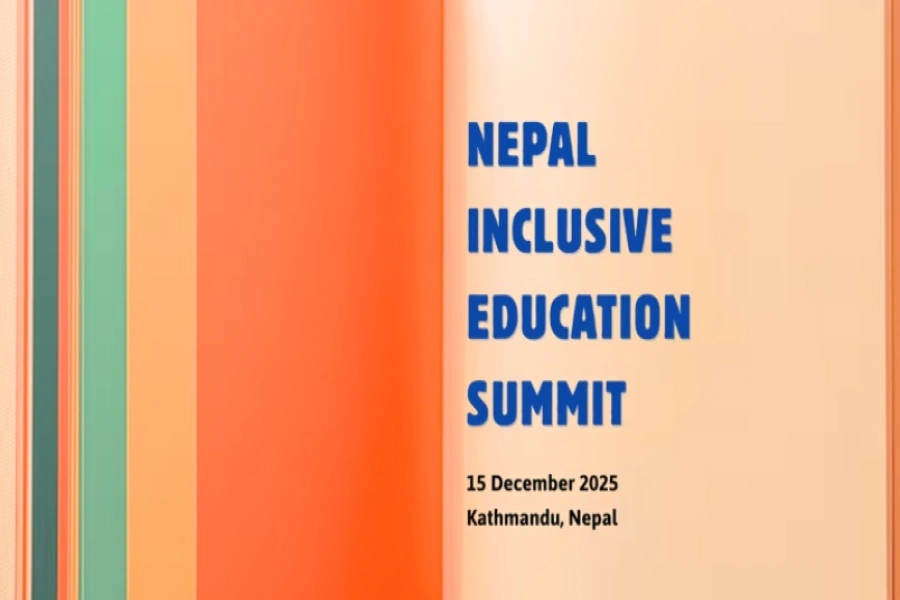KATHMANDU, Sept 26: Disturbing statistics reveal that in Nepal, a staggering 43 percent of children aged between six months and five years suffer from anemia. This concerning data, sourced from the Nepal Demographic and Health Survey (NDHS) for 2022, underscores the prevalence of anemia among this vulnerable age group. Furthermore, the report highlights that anemia is more widespread among children under five years of age compared to women aged 14 to 59, with children facing a nine percent higher risk.
Anemia is characterized by a deficiency of red blood cells in the blood. Pediatrician Ram Hari Chapagain from Kanti Children's Hospital, emphasizes that anemia deprives the body of oxygen, hampering both physical and mental development in children. Signs of anemia include pale eyes and palms, reduced activity levels, and overall lethargy. Chapagain warns that increased anemia can lead to other health issues, including bloating, malnutrition, and constipation.
Lila Bikram Thapa, chief of the Family Welfare Division and Nutrition Section at the Ministry of Health and Population (MoHP), acknowledges a slight decrease in anemia rates compared to five years ago but notes that the numbers remain above the target threshold. In 2016, anemia affected 53 percent of children aged above six months and under five years in Nepal. The issue is particularly pronounced in Madhesh and Lumbini provinces. The survey reveals that children born to illiterate mothers face a higher risk of anemia than those with educated mothers.
Teenage girls facing Anemia due to lack of nutrition

The problem of anemia is most acute in Madhesh Province, particularly among children of illiterate mothers and disadvantaged groups. According to the 2022 survey, 52 percent of children born to illiterate mothers are anemic, and 49 percent of children in the Terai region are affected. In 2016, these figures were even higher at 57 percent for children of illiterate mothers and 59 percent for children in the Terai.
The causes of anemia in children are multifaceted. Thapa attributes the persistence of anemia in target groups to insect-borne diseases and a lack of education among mothers. He highlights the disproportionate impact of diseases like lymphatic filariasis and dengue in impoverished areas of the Terai region. Furthermore, a lack of a balanced diet contributes to anemia, with children who do not receive mother's milk at birth facing a higher risk. Thapa underscores that in the Terai region, a diet rich in potatoes and low in vitamin B12 and iron exacerbates the problem.
Despite the government's efforts to combat anemia, including the distribution of 180 doses of Balvita to children in this age group, Thapa believes that not all children receive this nutritional supplement. Reasons for this may include a lack of trust in government programs or insufficient information about the impact of nutrition on the target group. Thapa advocates program improvement and emphasizes the importance of effective public awareness campaigns.
Pramod Kumar Yadav, secretary of the MoHP, points out that factors such as lack of education, child marriage, and teenage pregnancies in Madhesh Province continue to contribute to anemia among newborns. He identifies specific health issues within communities, such as roundworm infections, sickle cell anemia among the Tharu community, thalassemia among the Muslim community, and childhood blood cancer, as contributing factors to the prevalence of anemia in children.
To address the problem, the MoHP has implemented various policies and programs, including the Community-Based Integrated Management of Neonatal and Childhood Illnesses (CB-IMNCI), sanitation programs, and nutritional plans. Additionally, federal government programs related to nutrition awareness, folic acid, and iron distribution, as well as roundworm medication distribution every six months, are in effect in Madhesh Province. Despite these efforts, illiteracy and the consumption of packaged foods continue to challenge efforts to reduce anemia.
Preventing anemia in children can be achieved through balanced and nutritious diets. Public awareness programs promoting nutrition, protection from insect-borne diseases, and the consumption of iron, protein, and vitamins can significantly reduce anemia. Doctors recommend breastfeeding for two years and the intake of diverse foods like eggs, fish, meat, liver, vegetables, fruits, and milk in children's diets to combat anemia. Raising awareness and improving nutrition among children is crucial in addressing this growing health concern.






































